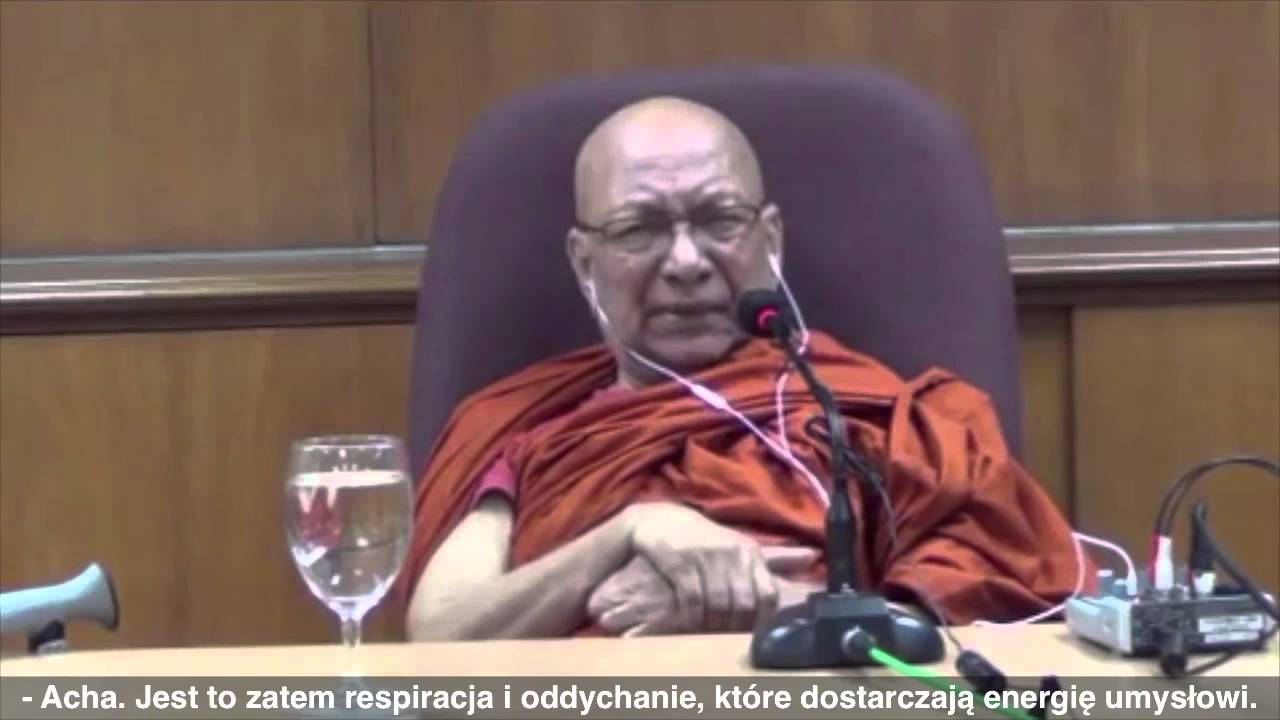It seems we are quite far apart in how we understand saṅkhāra, which is not necessarily an issue, but will likely make it difficult for us to find middle ground. We can respectfully agree to disagree at that point, but I’ll try to clarify my position nonetheless. To start, I see not a spec of difference between what is described in SN 36.11 and MN 44 as far as saṅkhāra is concerned. In the end, it is a matter of one thing being thoroughly bound up with the other, and knowledge of either would require an understanding of that relationship of dependency. That is a very common description of the entire nature of suffering (more on that by the end).
Having said that, any insight into the nature of jhana - in terms of SN 36.11 - would reveal the depths of these three relationships. It seems that the experience of first jhana always implies a cessation of that possibility of “breaking into speech”, which means the nature of the relationship between thinking and pondering and speech is perpetually available for discernment if jhana has been acquired; an so on for the cessation of thinking-and-pondering and in-and-out breathing. What is not going to be readily apparent - and is the true gem of the Buddha’s teaching - is that the nature of things being bound up in terms of saṅkhāra, is the same activity that is responsible for the belief in self and the conceit “I am”, for suffering, for samsara. That principle is revealed in jhana, but must be applied elsewhere in the experience, not just the three ways described in MN 44 and SN 41.6. Cessation does not imply insight, i.e. samadhi does not imply insight; not unless the principle is discerned on the level of view.
Point being, this is the entirety of how dependent origination is described. The cases in the suttas from the OP of this thread address it from just that one angle, which is directly available via the practice of jhana. However, every sutta about dependent origination describes the different pairs in the same bound up nature and how it applies to “this mass of suffering”. In short, this principle of dependent origination occurs thousands of times in the suttas and is not isolated to the description from the OP. I’m not saying that what you’ve raised is not a rare description, it most certainly is, but since the broader application of the principle is described very frequently elsewhere, the insight is available through other means.
My raising of SN 36.11 was meant to show that the availability of the principle is there in first jhana. All the listener needs at that point is a description of DO to see the broader application. Perhaps this is why - according to AN 9.36 - first jhana is all that is required for complete cessation, but that is a different topic. (Edit: this broader application of the principle is actually found there in AN 9.36: So tehi dhammehi cittaṁpaṭivāpetvā amatāya dhātuyā cittaṁ upasaṁharati: ‘etaṁ santaṁ etaṁ paṇītaṁ yadidaṁ sabbasaṅkhārasamatho sabbūpadhipaṭinissaggo taṇhākkhayo virāgo nirodho nibbānan’ti. Sotattha ṭhito āsavānaṁ khayaṁ pāpuṇāti. They turn their mind away from those things, and apply it to the deathless: This is peaceful; this is sublime—that is, the stilling of all activities, the letting go of all attachments, the ending of craving, fading away, cessation, extinguishment.’ Abiding in that they attain the ending of defilements.)
This is just how I’ve come to understand it based on the descriptions of different monks and my own reading and contemplation. It is the way I prefer to look into the matter, but I fully understand if you see things differently. 
![]()
